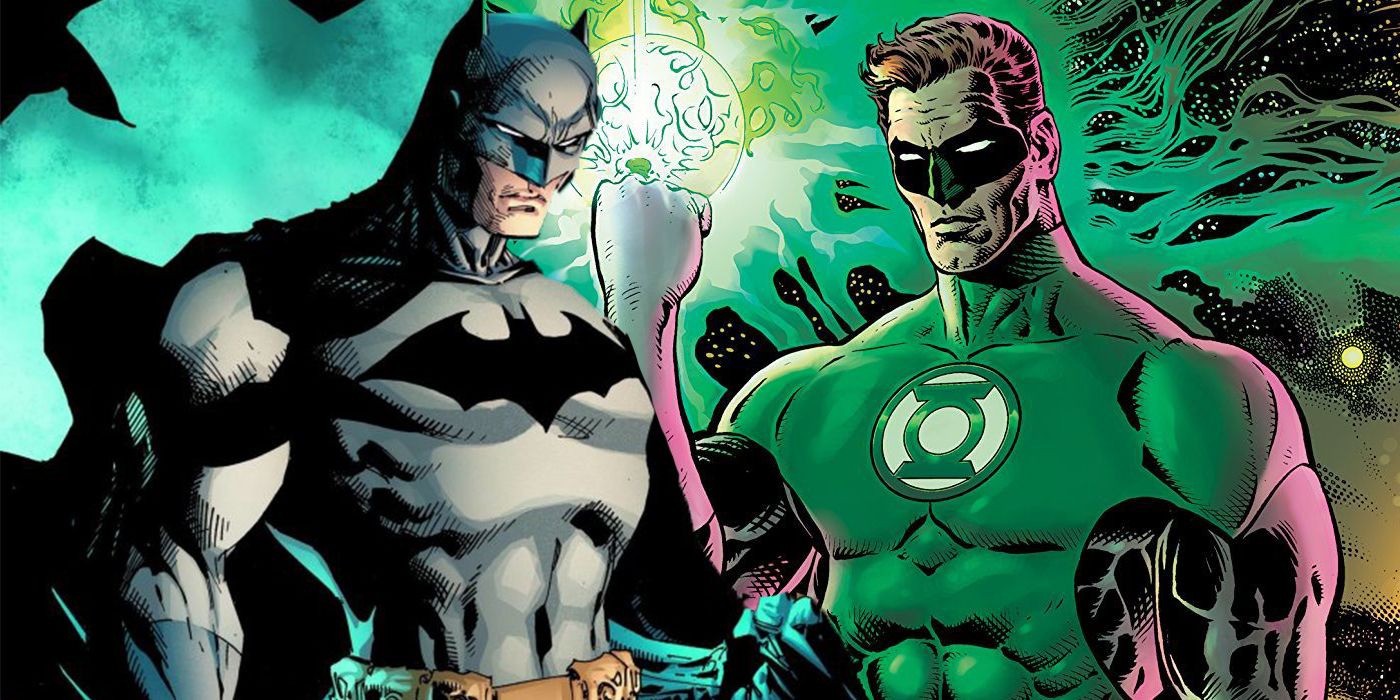


The choice is John Stewart, a black, out-of-work architect. The Green Lantern of each planet, it seems, must have a stand-by-to take his place if he is incapacitated.

Black characters, when they are used, are invariably in the shadow of a white mentor. The fact is, that of the more than twenty super-hero comics on the stands today, not one of them features a solo black Protagonist. Unfortunately, it is a sort of half-hearted altruism, of the type which characterizes white America's attitudes towards the Negro. Therefore we must assume that when Denny O'Neil introduces a black character named John Stewart in the latest Green Lantern, his motives are altruistic rather than sordidly capitalistic. It is a truism of the comic industry that the inclusion of ethnic characters (i.e. Blacks) does not affect sales.ĭear Editor. It has no action and yet succeeds in a medium where action is the way of life, and by an artist 'who ranks with Jack Kirby as one of the best actioneers. the close-up portrait of GA in tears and the brilliant 13th page. Special attention should be given to the splash panel (actually page 2 of the story). whoever he is, has done a fine, fine job. the second story (Green Arrow solo-starring in "What Can One Man Do?") made it with me by artful brevity and style. Splitting the GL/GA team doesn't really sit well with me, though. I surely believe the environment depicted by Adams … no one can depict the real world as well. Thank heaven O'Neil didn't make him a Vietnam vet … most of the 'Nam vets comix have shown us have been black, and what sorry evidence of class consciousness bubbling from what artists' ids is that? No, Stewart is an architect. While there have been super-heroes before, none have talked like black men, none have convinced me for one moment that they were anything more than some quasi-liberal comix writer's guilt-trip on hip pills. "relevance" has been shoved down the throat of fandom since GL/GA's success, never with one-tenth the care and maturity of even the least of the Denny O'Neal Adams stories. This is the usual response of comixdom to an outstanding unique story. Like "Snowbirds Don't Fly", the superb dope story that preceded this unlucky yarn (unlucky because it had to follow "Snowbirds"), I think that the introduction of John Stewart will provoke a mess of inferior imitating work throughout the comfit periphery. for its 12th issue this time, "Beware My Power!". Time for another collection of linked superlatives to GL /GA. It has changed the face and dream of comix magazines. Each new issue in-spires the same general comments: Neal Adams captures reality as no other artist in the field dares, and Denny O'Neil is the best writer in comix (as good in this medium as Norman Mailer is in his-and I'm not pulling a typical Guy Lillian hysterical exaggeration there I mean it). GL /GA has been exclaimed over and praised time and time again in the dozen issues since the two characters got together. The quality of the artwork has been exclaimed over and praised. The "relevance" of the series, which I would rather call "pertinence", has been exclaimed over and praised. Hand-picked and gatekept of course… but no one shouting all-too-familiar buzzwords, though we do get the occasional dog-whistle…Ī letter-of-comment to Green Lantern/ Green Arrow is no simple choreĭear Editor: A letter-of-comment to Green Lantern/ Green Arrow is no simple chore-or pleasure, rather-this late in the game. And they feel rather familiar, positive reaction from people who weren't quite expecting to be so positive. But how about we check in with the public reaction to Dennis O'Neil and Neal Adams' introduction of the character in Green Arrow/Green Lantern back in 1971? This is how the letters page ran at the time, with selected panels from the pages they are referring to. Right now, social media reaction, what little there is, is pretty positive. Will we go through something like the above from the other direction when the trailer eventually runs? Possibly.


 0 kommentar(er)
0 kommentar(er)
